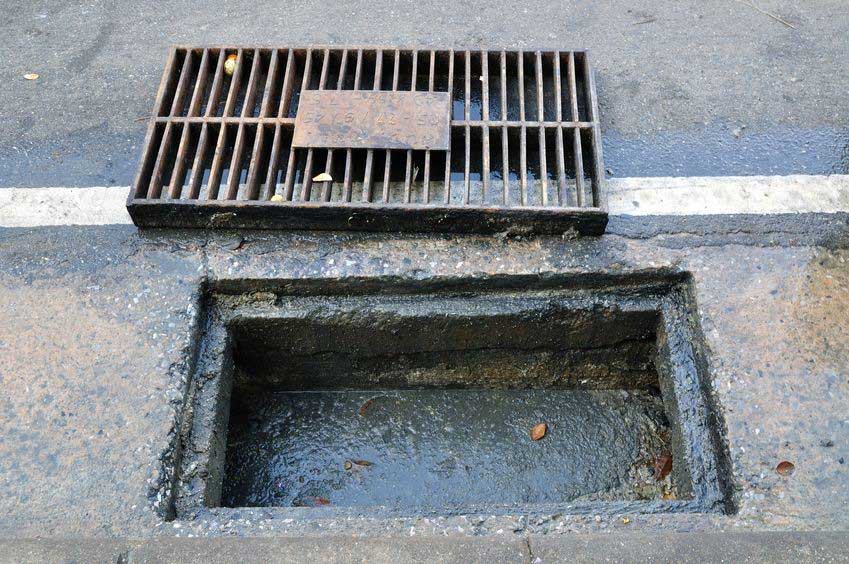What’s the Difference Between a Drain & Sewer?

Drain? Sewer? These words, though quite different in meaning, seem to be used interchangeably by some. This is unfortunate as many refer to a sewer when they really mean ‘drain’ and refer to a drain when they mean ‘sewer’.
So, what is the actual difference between the two? Is it really a matter of appearance or it is more to do with function? The answer is a little bit of both.
What Is a Drain?
By definition, a drain is a pipe that serves only one building, anything from a house to an office block. All water and wastewater is carried along this pipe into the sewer system.
There are all kinds of drains, all of them serving a different purpose. A lateral drain, for instance, is a section of drain positioned outside the boundary of any particular building which can connect it with drains in other nearby buildings to become a sewer.
A drainage system can be either natural or artificial, but the main purpose is to deposit any wastewater into a nearby reservoir or the sea.
What Is a Sewer?
Sewers (or sewerage system) are an underground network of pipes that hold sewage (which is normally wastewater mixed with human waste), wastewater and water run-off from drains and directly into waste treatment plants or disposal points.
All drains lead to sewers and all sewers lead to a treatment plant in some form or other, never directly into a natural reservoir or other body of water.
Sewers are always artificial, too, as nature does not tend to produce such a complex network of pipes or any way of disposing of such waste properly.
Do you have a sewage system that needs treatment? Look no further than Bates! Take a look at our sewage treatment page.
